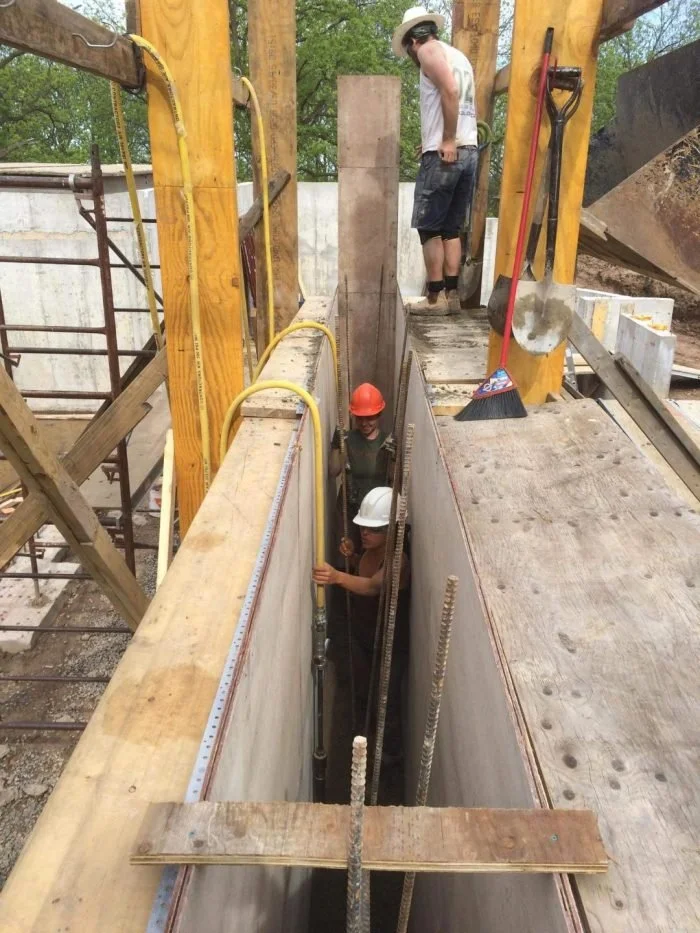What is Rammed Earth?
Rammed earth is a technique for constructing foundations, floors, and walls using compacted natural raw materials such as earth, chalk, lime, or gravel.
Rammed Earth: A Superior Building Material
Rammed earth stands out as a superior building material, embodying a harmonious blend of sustainability, durability, and energy efficiency. Its production involves compacting locally sourced earth, typically a mixture of gravel, sand, silt, and minimal cement, into robust walls with remarkable structural integrity. This construction method not only minimizes the environmental impact associated with transportation but also significantly reduces the carbon footprint compared to conventional building materials. The adaptability of rammed earth to various climates, coupled with its aesthetic appeal, further solidifies its position as a superior and sustainable choice in contemporary construction, embodying a timeless synergy between environmental responsibility and architectural innovation.
Why Earth? A Few Reasons.
Few building materials offer as many benefits as earth does at a low cost. Explore all the amazing properties of Earth below.
-
Rammed earth is an environmentally friendly option as it utilizes locally available materials like soil, sand, gravel, and clay. It reduces the need for resource-intensive materials like bricks or concrete, resulting in a lower carbon footprint.
-
Rammed earth has excellent thermal properties, providing natural insulation for buildings. It has high thermal mass, which means it can absorb and store heat during the day and release it slowly at night, helping to regulate indoor temperatures and reduce or even eliminate the need for additional heating or cooling systems.
-
Rammed earth structures are known for their durability and longevity. When properly constructed, they can withstand extreme weather conditions, including earthquakes, without significant damage. The compacted nature of rammed earth walls also provides resistance to fire, pests, and rot. It is suitable for ballistic barricades - and it’s fireproof.
-
Rammed earth offers a unique and visually appealing appearance. The natural colors and textures of the soil used in construction create a warm and earthy ambiance, blending well with the surrounding environment. It allows for various design possibilities, including curved walls and decorative patterns.
-
Rammed earth construction can provide significant cost advantages in some regions compared to traditional building materials. The use of locally available soil and labor-intensive construction methods can significantly reduce material and transportation costs - but the real gain is long term; in the use phase. Where energy savings makes the real difference. Rammed-Earth homes see up to 40% lower energy costs per year than traditional homes.
Our equipment streamlines the production of homes from earthen material and makes it cheaper, allowing average families to afford the benefits associated with living in these types of structures.
-
Rammed earth walls have excellent breathability, allowing for natural moisture regulation inside the building. They also have low volatile organic compound (VOC) emissions, contributing to better indoor air quality and a healthier living environment.
While rammed earth has many advantages, it also has some limitations. It requires skilled labor and proper construction techniques to ensure structural integrity. Additionally, it may not be suitable for areas with high moisture levels or where rapid construction is required. Overall, the benefits of rammed earth make it a sustainable and appealing choice for building construction.



